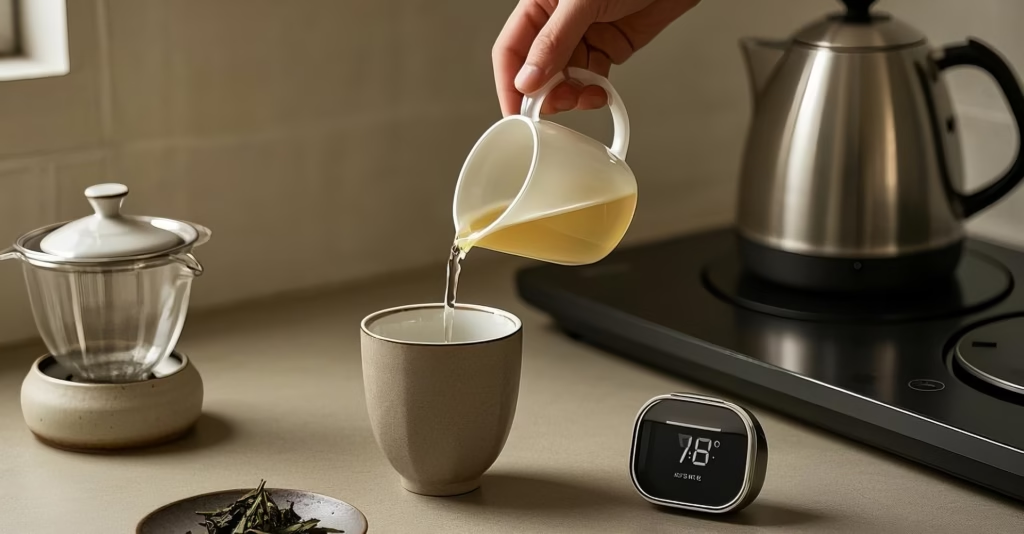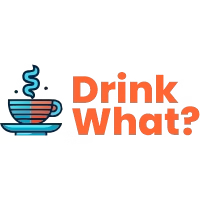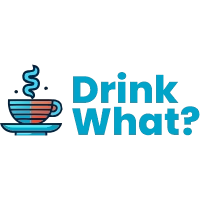Traditional Oolong: My Journey from Bottled Convenience to Authentic Excellence

Hey Brewmates! Remember that moment when you thought you knew something, but then discovered you’d only scratched the surface? That’s exactly what happened in my traditional oolong tea journey. Back in my college days in Indonesia (around 2012-2014), my first encounter with oolong tea came through those ubiquitous advertisements that seemed to be everywhere.
The commercials showed office workers enjoying bottled oolong tea with their meals, claiming you could “eat well without worry.” At the time, I didn’t quite relate to the office setting, but the concept intrigued me – an alternative to the sweet iced tea that typically accompanied meals. As a devoted coffee enthusiast, I never imagined that this particular tea would become my gateway into the fascinating world of traditional teas.
Quick Facts
- Oolong tea falls between green and black tea in oxidation levels (15-80%), giving it incredible flavor diversity
- The name “oolong” derives from the Chinese term “wūlóng” (烏龍) meaning “black dragon”
- Traditional oolong production originated in China’s Fujian province but is now famous in Taiwan as well
- A quality oolong can be steeped multiple times, with each infusion revealing different flavor notes
- Unlike many bottled versions, authentic oolong tea contains no added sweeteners or artificial flavors
Beginning the Journey

My oolong misconception started innocently enough. The massive advertising campaigns for bottled oolong tea had caught my attention during my university years. According to Tea Research Institute, bottled tea became one of the fastest-growing beverage segments in Southeast Asia during the 2010s, targeting increasingly health-conscious urban consumers. Now I understand that these marketing efforts were aimed at busy professionals in big cities who were becoming more health-aware – not necessarily college students like me at the time.
What drew me to try that first bottle was curiosity and the promise of something different from the usual sweet iced tea that accompanied most meals in Indonesia. The bottled version I enjoyed contained added sugars (though less than traditional sweet tea), flavor enhancers, and often minimal actual tea extract. It was designed for convenience and consistency – not for showcasing the complex character that makes true oolong unique.
Years later, now part of that urban professional demographic the ads had targeted, I began exploring more authentic food and beverage experiences. My interest in coffee had deepened, and I wondered if there was more to oolong tea than what came in those convenient bottles. After some online research, I decided to take a chance and ordered loose leaf oolong tea from an online specialty shop.
When the package arrived, I was immediately struck by how different these tea leaves looked from anything I’d seen before – twisted, dark strands with hints of green and brown. The brewing instructions specified water at 80°C for 3 minutes, much more precise than my usual “pour boiling water and forget” approach with teabags. Following these instructions carefully, I prepared my first cup of authentic oolong tea with a mixture of curiosity and skepticism.
Discovering True Oolong Flavor

The moment I took my first sip of properly brewed oolong tea, I experienced what I can only describe as flavor revelation. The taste was reminiscent of what I knew from the bottled version, but exponentially more complex and pronounced. There was a familiar base note, but it was accompanied by subtle floral hints, a gentle sweetness that emerged naturally without added sugar, and a pleasant lingering aftertaste that invited another sip.
What struck me most was the depth of flavor. According to Global Tea Initiative at UC Davis, oolong teas can develop hundreds of aromatic compounds during processing, creating one of the most complex flavor profiles in the tea world. This complexity was completely absent in the bottled versions I’d grown accustomed to.
The experience was like hearing a favorite song that you’d only ever listened to through smartphone speakers, and suddenly experiencing it through high-quality headphones. The essence was recognizable, but the richness and complexity were on another level entirely.
My exploration didn’t stop there. I learned that oolong teas, unlike their bottled counterparts, can be steeped multiple times. Each infusion revealed different aspects of the tea’s character – the first steep might emphasize floral notes, while subsequent steeps could bring out more honey-like sweetness or deeper mineral qualities. This was a far cry from the one-and-done bottled tea experience.
As a coffee enthusiast, I found this multi-dimensional flavor journey fascinating. Just as specialty coffee offers complex tasting notes that change as the cup cools, proper oolong tea presents an evolving experience that rewards patience and attention. What had started as mere curiosity was quickly developing into a genuine appreciation.
Tips for Oolong Tea Beginners

If you’re a Brewmate looking to explore authentic oolong tea beyond the bottled versions, here are some practical tips from my journey:
- Start with quality basics – You don’t need elaborate equipment to begin. A simple infuser basket and cup will suffice. Later, you might explore gaiwans (Chinese lidded cups) or small teapots if your interest grows.
- Water temperature matters – Unlike black tea, which typically uses boiling water, oolong performs best with water between 80-90°C (176-194°F). If you don’t have a temperature-controlled kettle, simply let boiling water rest for 1-2 minutes before pouring.
- Measure properly – A good starting ratio is 1 teaspoon (about 3 grams) of leaves for every 8 ounces (240ml) of water. Adjust to your taste preference as you explore.
- Timing is key – Start with a 3-minute steep for your first infusion. For subsequent steeps, add 30 seconds to 1 minute each time to extract the remaining flavors.
- Explore the spectrum – Oolong teas range from lightly oxidized (more green tea-like) to heavily oxidized (closer to black tea). Try different styles to discover your preference – Taiwanese high mountain oolongs tend to be lighter and more floral, while traditional Wuyi rock oolongs from China are often darker with roasted notes.
- Savor the experience – Take time to notice the aroma, color, and evolving flavors. Unlike the quick consumption of bottled tea, authentic oolong deserves a moment of mindfulness.
Conclusion
My journey from bottled convenience to authentic oolong tradition has transformed not just how I drink tea, but how I think about it. What began as a casual college beverage choice led to an appreciation for an ancient art form with incredible depth and nuance. As someone who primarily identified as a coffee enthusiast, discovering authentic oolong tea has opened a door to an entirely new world of flavors and experiences.
The transition wasn’t about rejecting convenience for complexity – it was about discovering that there’s so much more beneath the surface of what we often take for granted. The bottled oolong tea served its purpose at a specific time in my life, but the authentic version has given me something far richer: a connection to tradition, an appreciation for craftsmanship, and a daily ritual that brings both pleasure and mindfulness.
So, Brewmates, whether you’re a dedicated coffee drinker like I was or someone who’s only experienced tea in its most commercial forms, I encourage you to take that first step beyond the bottle. The world of authentic oolong tea awaits with its dragon-like complexity and centuries of tradition. Your taste buds will thank you.

 Business Stories
Business Stories Coffee World
Coffee World Drink Discoveries
Drink Discoveries Tea Stories
Tea Stories







